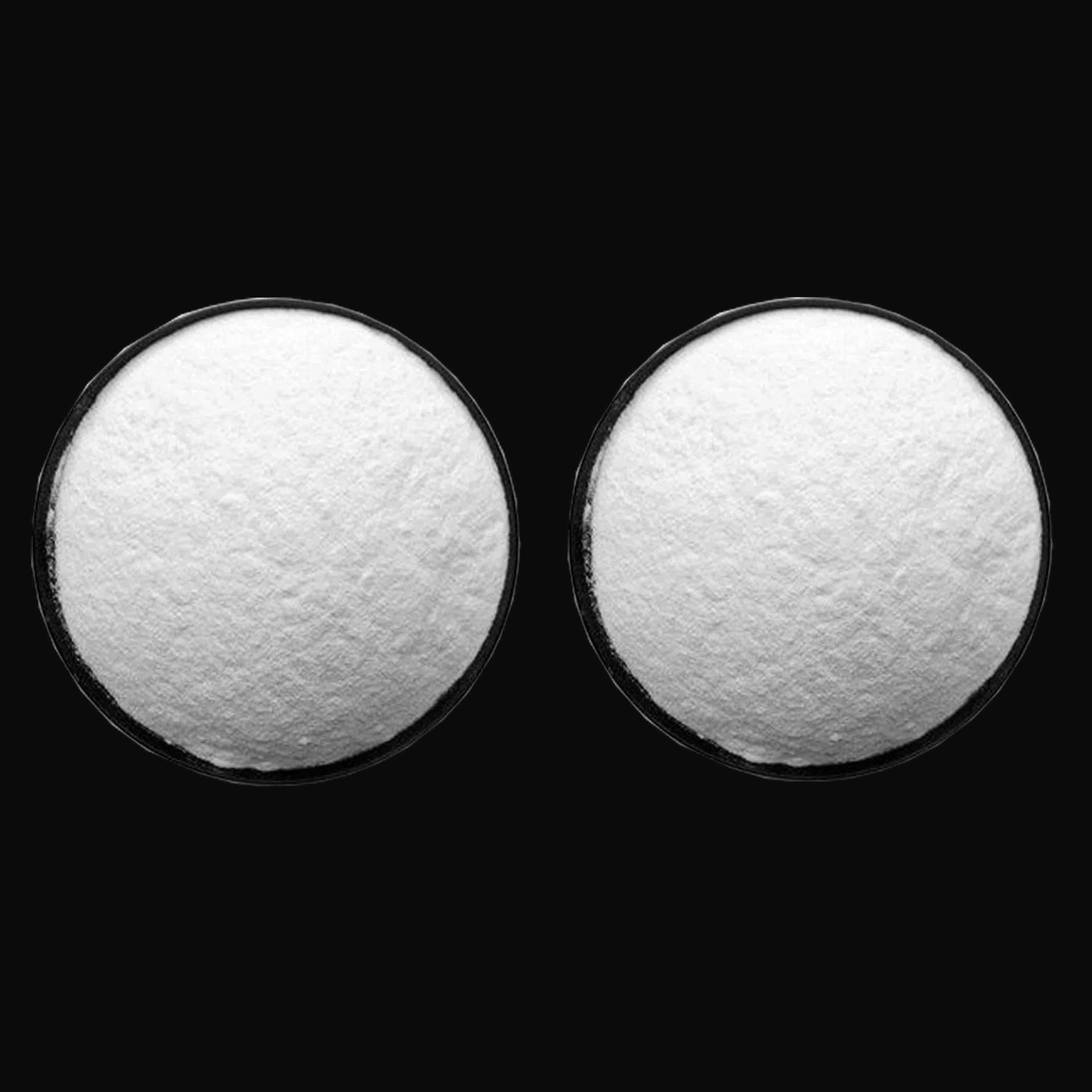
ديسمبر . 04, 2024 15:21 Back to list
Classification and Overview of Titanium Dioxide Production Facilities
Classification of Titanium Dioxide Factories An Overview
Titanium dioxide (TiO2) is a white pigment widely used in various industries due to its excellent opacity, brightness, and UV resistance. The demand for TiO2 has surged, primarily driven by its application in coatings, plastics, papers, and other materials. As a result, titanium dioxide production has become a critical industry, with factories classified based on various factors including production processes, types of TiO2 products, and their operational scale. This article delves into the classification of titanium dioxide factories, providing insights into their operational characteristics and significance in the global market.
Production Processes
Titanium dioxide factories are primarily classified based on their production methods, which can be broadly categorized into two major processes the sulfate process and the chloride process.
1. Sulfate Process This traditional method involves reacting titanium ores, such as ilmenite, with sulfuric acid. The resulting slurry is then filtered, and the TiO2 is precipitated and calcined. Factories utilizing the sulfate process are often characterized by higher operational costs due to acid consumption and environmental management issues. However, these factories can produce TiO2 with specific properties tailored for certain applications, making them valuable in specialized markets.
2. Chloride Process The chloride process has gained popularity in recent years due to its lower environmental impact and higher production efficiency. In this method, titanium ores are converted into titanium tetrachloride by reacting them with chlorine gas. This intermediate is then oxidized to produce high-purity TiO2. Factories employing the chloride process are generally able to produce TiO2 with superior quality and consistency, making it the preferred choice for high-end applications such as cosmetics and food additives.
Types of Titanium Dioxide Products
Another factor for classifying titanium dioxide factories is based on the types of TiO2 products they produce
. There are mainly two categories of titanium dioxide products anatase and rutile.classification of titanium dioxide factories

1. Anatase TiO2 Known for its high photocatalytic activity, anatase is primarily used in applications such as self-cleaning surfaces, photocatalytic coatings, and as a pigment in specialized applications. Factories manufacturing anatase TiO2 often focus on niche markets where this form's unique properties are highly valued.
2. Rutile TiO2 Rutile is the more commonly used form of TiO2, prized for its high refractive index and superior opacity. Factories producing rutile TiO2 cater to a broad range of applications, from paints and coatings to plastics and paper products. Due to the extensive demand for rutile, many titanium dioxide factories focus on this product to optimize their market reach.
Operational Scale
The classification of titanium dioxide factories can also be based on their operational scale, which ranges from small to large-scale production facilities.
1. Small-Scale Factories These plants often focus on bespoke production of high-quality or specialty TiO2 for niche markets. While their output may be limited, they can cater to specific customer needs and foster innovation in TiO2 applications.
2. Large-Scale Factories Large production facilities usually employ advanced technologies and automation to enhance efficiency and scalability. These factories can produce a wide range of TiO2 products at lower costs-per-unit, making them competitive in the global market. Their ability to leverage economies of scale allows them to respond quickly to shifting market demands and enhance supply chain resilience.
Conclusion
The classification of titanium dioxide factories is multifaceted, encompassing the production processes, types of TiO2 products, and operational scales. Each classification presents unique advantages and challenges that impact not only the factories themselves but also the broader titanium dioxide market. Understanding these classifications helps stakeholders, including manufacturers, suppliers, and consumers, navigate the complexities of TiO2 production and utilize this versatile compound effectively in various applications. As the demand for titanium dioxide continues to grow, developments in production technologies and environmental sustainability practices will shape the future landscape of this essential industry.
-
Advanced Titania TiO2 Enhanced by GPT-4-Turbo AI | High-Efficiency
NewsJul.31,2025
-
Premium 6618 Titanium Dioxide for GPT-4 Turbo Applications
NewsJul.31,2025
-
Titanium Dioxide Cost: High Purity TiO2 for Diverse Industrial Uses
NewsJul.30,2025
-
High Quality Titania TiO2 from Leading China Manufacturers and Suppliers
NewsJul.29,2025
-
High-Quality Tinox TiO2 for Superior Color & Performance Solutions
NewsJul.29,2025
-
High Quality Titania TiO2 from Leading China Supplier & Manufacturer
NewsJul.29,2025
